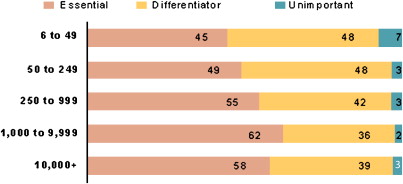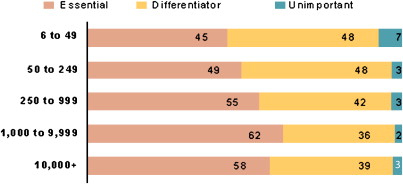Dental coverage provides a means to obtain oral care, which is an important component of overall health. This article discusses the common forms of dental health plans, the services usually covered, and their relative costs.
Dental benefits have a profound, positive impact on individuals’ ability to access oral health care by reducing patient costs and providing access to networks of dentists willing to treat dental plan participants. The National Association of Dental Plans’ (NADP’s) 2007 Consumer Survey of 6000 respondents reveals that people with dental benefits are more likely to have a regular dentist, to visit the dentist more frequently, and to receive dental treatment.
Types of dental benefit programs
How does dental coverage make a difference in access to care? To answer this question, it is important to have a basic knowledge about the benefit programs available. Dental benefits include insurance products and discount plans ( Fig. 1 ).

Dental Preferred Provider Organizations
Dental Preferred Provider Organizations (DPPOs) are the most commonly offered dental benefit product, with 63% of the market. DPPOs
- •
Keep out-of-pocket costs lower by negotiating discounts with dentists in their network
- •
Provide some payment for care from dentists that are not in their networks
- •
Have typical deductibles of $50
- •
Offer annual maximums of coverage, typically ranging from $500 to $3000 with an average of $1200
- •
Can be offered to employees without employers contributing to premiums
- •
Are available in some states to individuals
Amounts paid by plans usually are stated as a percentage of the allowed amount for each procedure.
Dental Health Maintenance Organizations
- •
Have the lowest premium costs
- •
Use capitation (a per-patient per-month arrangement) for part or all of dentist compensation, rather than fee-for-service
- •
Keep out-of-pocket costs predictable with co-payments stated in specific dollar amounts
- •
Normally cover treatment only when provided by a network dentist
- •
Generally have no annual maximums or deductibles
- •
Can be offered to employees without employers contributing to premiums
- •
Are available to individuals in most states
Discount Dental Plans
- •
Have low monthly fees
- •
Provide discounts to patients seeking care from dentists in their networks
- •
Are not an insured product
- •
Require consumers to pay the full discounted cost of care out of pocket
- •
Can be offered to employees without employers contributing to premiums
- •
Are widely available to individuals
Dental Indemnity Plans
- •
Are traditionally benefit-rich programs
- •
Are a declining segment of the dental market because of the higher cost
- •
Have the highest premium costs
- •
Reimburse any dentist
- •
Have typical deductibles of $50
- •
Offer annual maximums, typically ranging from $1000 to $3000
Affordability of dental plans
Dental benefits are affordable, with monthly premiums generally ranging from $45 to $125 for a family of three or more persons. Thus, the daily cost of dental benefits is approximately the same as that of a cup of coffee, according to the NADP 2007 Premium Trends Report . This report states national premium averages by products as follows:
-
Employee-only plans (including orthodontia):
-
DHMOs: $19.40/month, $233 annually
-
DPPOs: $35.02/month, $420 annually
-
Indemnity plans: $30.87 a month, $370 annually
Most often, individuals receive dental coverage through their employer. The NADP 2005 Purchaser Behavior Study shows that 71% of all employers offer dental benefits. This number ranges from 40% of employers who have 6 to 24 employees to 96% of employers who have 10,000 or more employees. Ninety-seven percent of employers who have 25 or more employees consider dental benefits to be an “essential” or “differentiating” factor in attracting and maintaining talent ( Fig. 2 ).

Affordability of dental plans
Dental benefits are affordable, with monthly premiums generally ranging from $45 to $125 for a family of three or more persons. Thus, the daily cost of dental benefits is approximately the same as that of a cup of coffee, according to the NADP 2007 Premium Trends Report . This report states national premium averages by products as follows:
-
Employee-only plans (including orthodontia):
-
DHMOs: $19.40/month, $233 annually
-
DPPOs: $35.02/month, $420 annually
-
Indemnity plans: $30.87 a month, $370 annually
Most often, individuals receive dental coverage through their employer. The NADP 2005 Purchaser Behavior Study shows that 71% of all employers offer dental benefits. This number ranges from 40% of employers who have 6 to 24 employees to 96% of employers who have 10,000 or more employees. Ninety-seven percent of employers who have 25 or more employees consider dental benefits to be an “essential” or “differentiating” factor in attracting and maintaining talent ( Fig. 2 ).





